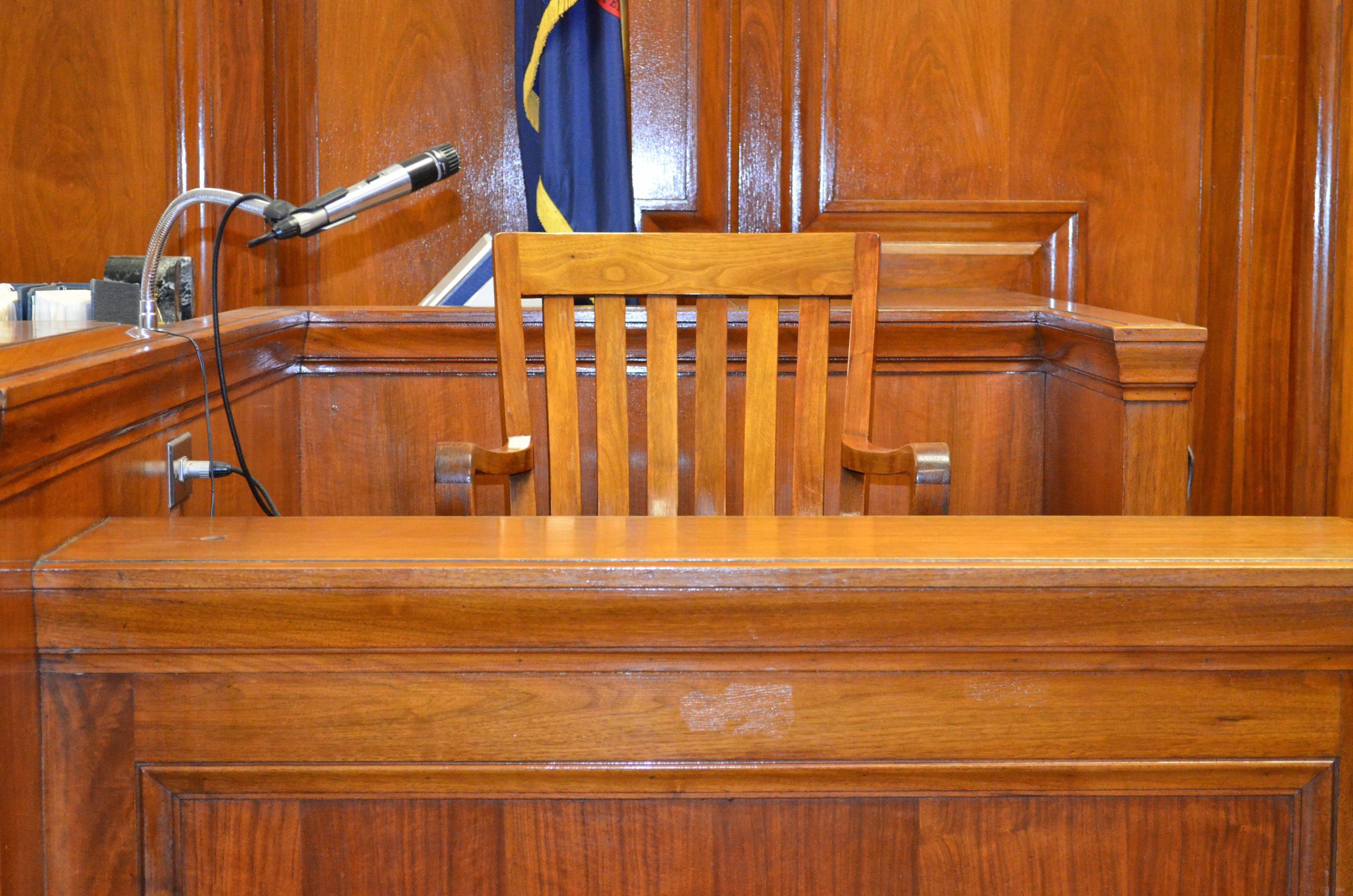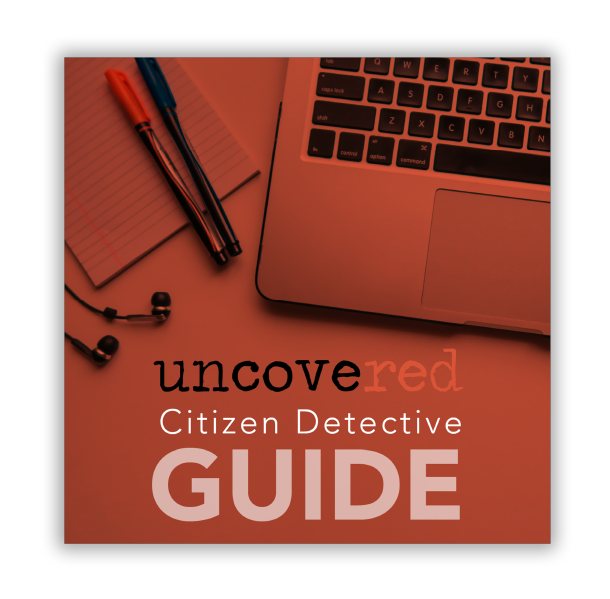While eyewitness testimony is likely the oldest crime-solving tool in history, it’s increasingly undergoing scrutiny as one of the most unreliable ways of determining a person’s innocence or guilt.
The consequences of an inaccurate eyewitness testimony can be devastating. Many inmates have served years in prison, some on death row, for crimes they didn’t commit. According to The Innocence Project, of more than 375 convictions overturned because of DNA evidence, about 70 percent involved mistaken eyewitness testimony — making it the leading cause of wrongful convictions, the organization reports.

Until DNA provided conclusive evidence, eyewitness testimony had been largely used as one of the most reliable ways to identify a suspect — even though it had its share of critics over the decades, including psychological scientists. Here are some of the major critiques of eyewitness testimony:
- Memory is malleable — Interrogations by law enforcement officials and others, including leading questions, can influence how people reconstruct facts from what they witnessed.
- Confidence doesn’t equate with accuracy — Many witnesses can attest that they are 100 percent sure when they identify a suspect. However, advanced DNA technology has demonstrated that it is more reliable than eyewitness testimony — no matter how confident the person may have been.
- Stress and other factors can interfere — Witnesses who are under a lot of stress can have difficulties with accurately recalling a sequence of events or the characteristics of a perpetrator.
- Bias can sway eyewitness testimony — Bias integrated into the process can also sway eyewitness outcomes.
One of the most cited research on the shortcomings of eyewitness testimony is by Elizabeth Loftus in Eyewitness Testimony. In the book, published in 1996, Loftus, a University of Washington psychology professor, outlines the fallibility of eyewitness testimony, including poor viewing conditions, brief exposure, and stress, She also describes subtle factors, such as expectations, biases, and personal stereotypes, that can lead to erroneous reports. Loftus said memory is not “preserved in stone, but a living thing that changes shape, expands, shrinks and expands again.”
Timing and circumstances of the questioning of a witness also factors into the equation. Studies revealed that memory can be significantly altered by the way an eyewitness is questioned as well as the time of the questioning after the event, according to Loftus. During interrogation, new memories can be implanted and old ones unconsciously altered.
“He’s the one” leads to an 8-year-prison term
San Diego prosecutors and investigators were confident that they had sent the right assailant to jail for the 2004 abduction and sexual assault of a 16-year-old high school student. Both the victim and another eyewitness, who rescued her from the assailant, gave the same description of the suspect: white, brown hair, mid-20s, about 5 feet, 10 inches, medium build, and wearing a goatee.
Based on those accounts, the sheriff’s department detained a construction worker, Uriah Courtney, 25, and put him in a photo lineup. The victim and the eyewitness both confidently identified Courtney as the assailant. Although there wasn’t physical evidence connected to his arrest and eventual prosecution, Courtney was convicted and sentenced to life in prison despite his repeated claims of innocence.
The California Innocence Project decided to investigate Courtney’s case in 2010, using DNA to exonerate him after he had already served 8 years in prison.
Critics of the case noted that only two of those in the lineup had noticeable facial hair as described by the eyewitnesses, and the police already knew that the others were innocent. The presence of Courtney’s prominent goatee would have led to a higher likelihood of the eyewitnesses choosing him, according to the Proceedings of the National Academy of Sciences (PNAS) of the United States of America.
Other factors that could have contributed to the mistaken identity in the Courtney case include the circumstances involved in the crime, including a dark environment (near a dark tunnel) where the assault took place, erratic and quick movements (the victim was fighting her assailant and fleeing), and stress by the victim and her rescuer.
“These situational and cognitive factors introduce noise to the process of acquiring accurate visual information, particularly about an unfamiliar face, meaning that any decision that these witnesses would have made based on visual information could easily have been wrong,” the PNAS said in its report.
How to become an effective eyewitness
Although eyewitness testimony is under scrutiny, there isn’t a push to eliminate it from the criminal justice process. The Innocence Project, for instance, has called for reforms to improve the accuracy of eyewitness identifications.
The reforms, which have been implemented in 25 states, feature double-blind procedures (which prevents the administrator of the lineup from providing inadvertent cues to the eyewitness); lineup guidelines; a confidence statement made independently by the eyewitness; and documentation procedures. The states that have already adopted the reforms are: California, Colorado, Connecticut, Georgia, Louisiana, Maryland, Massachusetts, Michigan, Minnesota, Montana, Nebraska, Nevada, New Hampshire, New Jersey, New Mexico, North Carolina, Ohio, Oklahoma, Oregon, Rhode Island, Texas, Utah, Vermont, West Virginia and Wisconsin.
It’s also important to understand that you can train yourself to be a better eyewitness — if the situation ever arises.
Here are some tips from various law enforcement agencies on how to be prepared to give accurate information after a crime has been committed:
- Ensure your safety first. When you are secure, take the time to write down everything you can think of … remembering to write down specific details. If possible, carry a notepad and pen or a recording device (like a smartphone) with you, as recommended by Gary Wells, a psychology professor at Iowa State University who is considered an expert in eyewitness testimony. In an article for ABC, Wells also said if you don’t have a pen and paper or recording device, be creative. For example, you can find a stick and write in the dirt to make sure you’re capturing details as soon as possible.
- Focus on unique features that can’t be easily changed, including height, skin complexion, scars, etc. (Facial hair, clothing and hair color can be altered, for example).
- If there is a car involved, first take note of permanent characteristics, like the make and model. Temporary characteristics can be altered, including the color.
- Draw some comparisons to the perpetrator(s) and someone you know. How are they similar? How are they different?
- Refrain from talking to other people about what you witnessed.
- When speaking with police, avoid making inferences. If you don’t know the answer, say you don’t know.
- Request best practices in your case. Ask for a sequential double-blind lineup with pre-lineup instructions.
- Don’t automatically assume the perpetrator is in the lineup that the police show you.
While eyewitness testimony can be flawed, it is still one of the leading ways the community can help law enforcement officials fight crime. By developing the skills to be an effective eyewitness, you can be an asset to investigations on crime.
For additional material on the subject of eyewitness testimony, take a look at this TED Talks presentation by Loftus that has gained more than 1.7 million views.
The American Bar Association also has a curriculum outline designed to address the subject of eyewitness testimony if you want to dig in even further. Check it out here.

